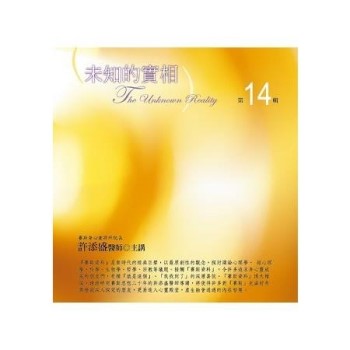My book, which focuses on the Rawalpindi Muslim League, explores the district’s strategic location even before the arrival of the British, which led to its establishment as a garrison district. It covers the cultural, political and communal relations of the two major communities, namely the Muslims and non-Muslims, primarily the Hindus and Sikhs. The All-India Muslim League established a juvenile branch at Rawalpindi in 1907, whose members participated in the historic session of the All-India Muslim League at Lahore in 1940. M.A. Jinnah visited Rawalpindi twice, which boosted the morale of Muslim Leaguers and resulted in their securing 100 percent victory in the 1945-46 elections. However, the pangs of partition were visible in the district, as the minority non-Muslim community faced the wrath of the frenzied mob seeking revenge for the carnage their Muslim brethren faced in East Punjab, India. Once-influential non-Muslim communities had to abandon their ancestral homes in search of a promised land. Amidst this chaos, India was divided and witnessed an unprecedented exodus of fourteen million people across the newly created international borders."
| FindBook |
有 1 項符合
Rawalpindi and the All-India Muslim League的圖書 |
 |
Rawalpindi and the All-India Muslim League 作者:Razzaq 出版社:LAP Lambert Academic Publishing 出版日期:2023-04-04 語言:英文 規格:平裝 / 124頁 / 22.86 x 15.24 x 0.74 cm / 普通級/ 初版 |
| 圖書館借閱 |
| 國家圖書館 | 全國圖書書目資訊網 | 國立公共資訊圖書館 | 電子書服務平台 | MetaCat 跨館整合查詢 |
| 臺北市立圖書館 | 新北市立圖書館 | 基隆市公共圖書館 | 桃園市立圖書館 | 新竹縣公共圖書館 |
| 苗栗縣立圖書館 | 臺中市立圖書館 | 彰化縣公共圖書館 | 南投縣文化局 | 雲林縣公共圖書館 |
| 嘉義縣圖書館 | 臺南市立圖書館 | 高雄市立圖書館 | 屏東縣公共圖書館 | 宜蘭縣公共圖書館 |
| 花蓮縣文化局 | 臺東縣文化處 |
|
|
圖書介紹 - 資料來源:博客來 評分:
圖書名稱:Rawalpindi and the All-India Muslim League
|










